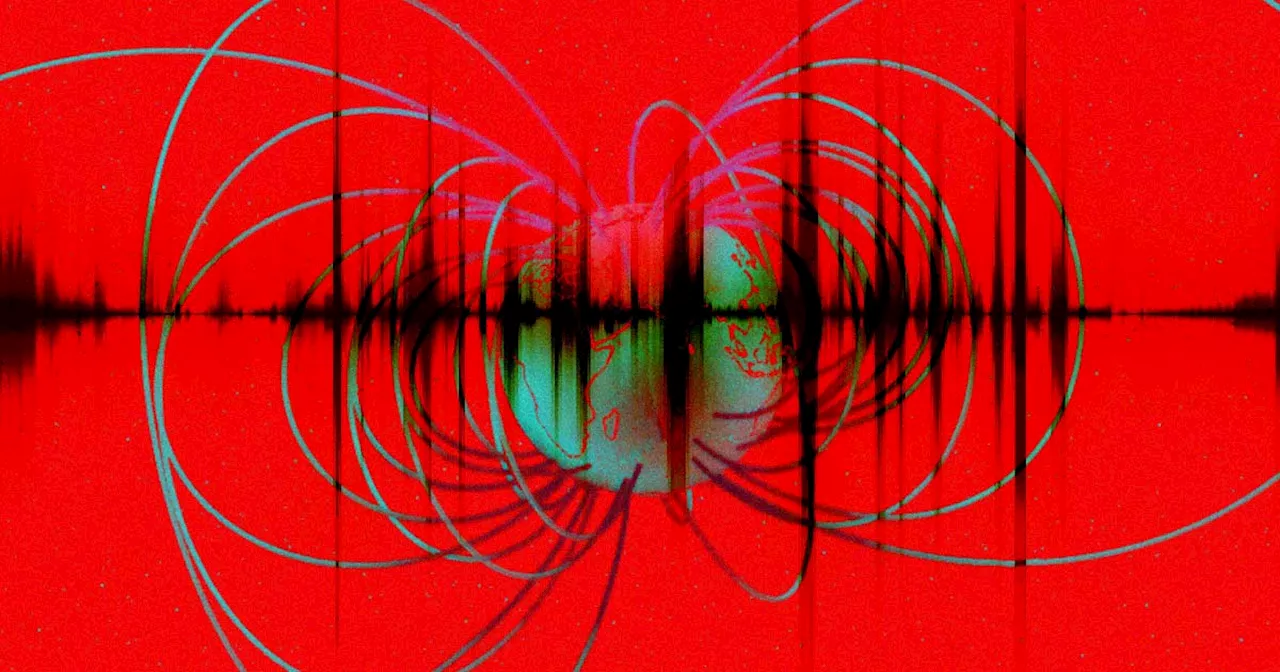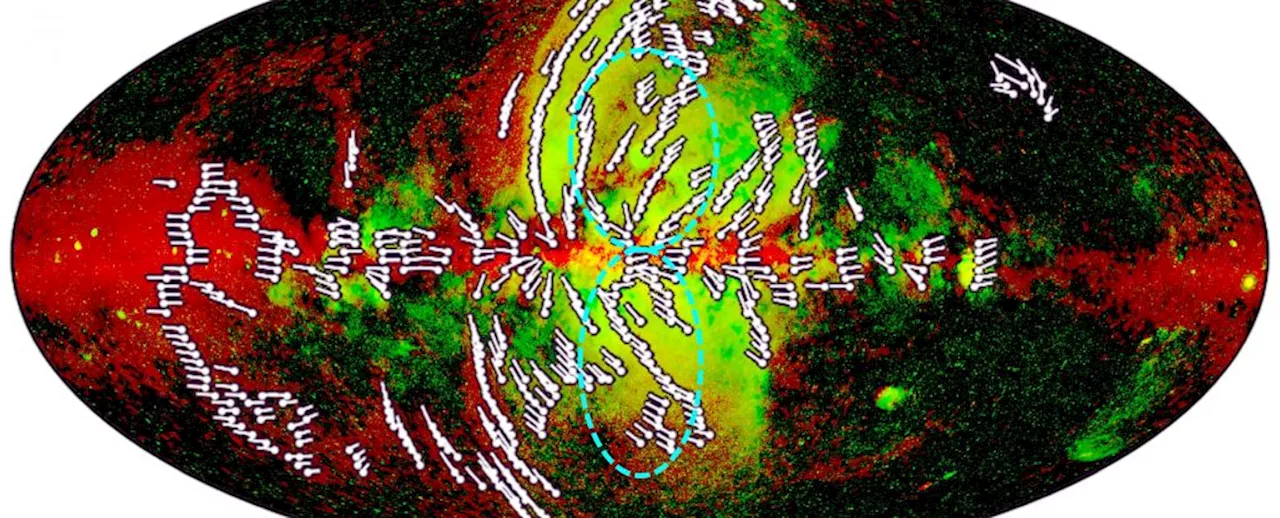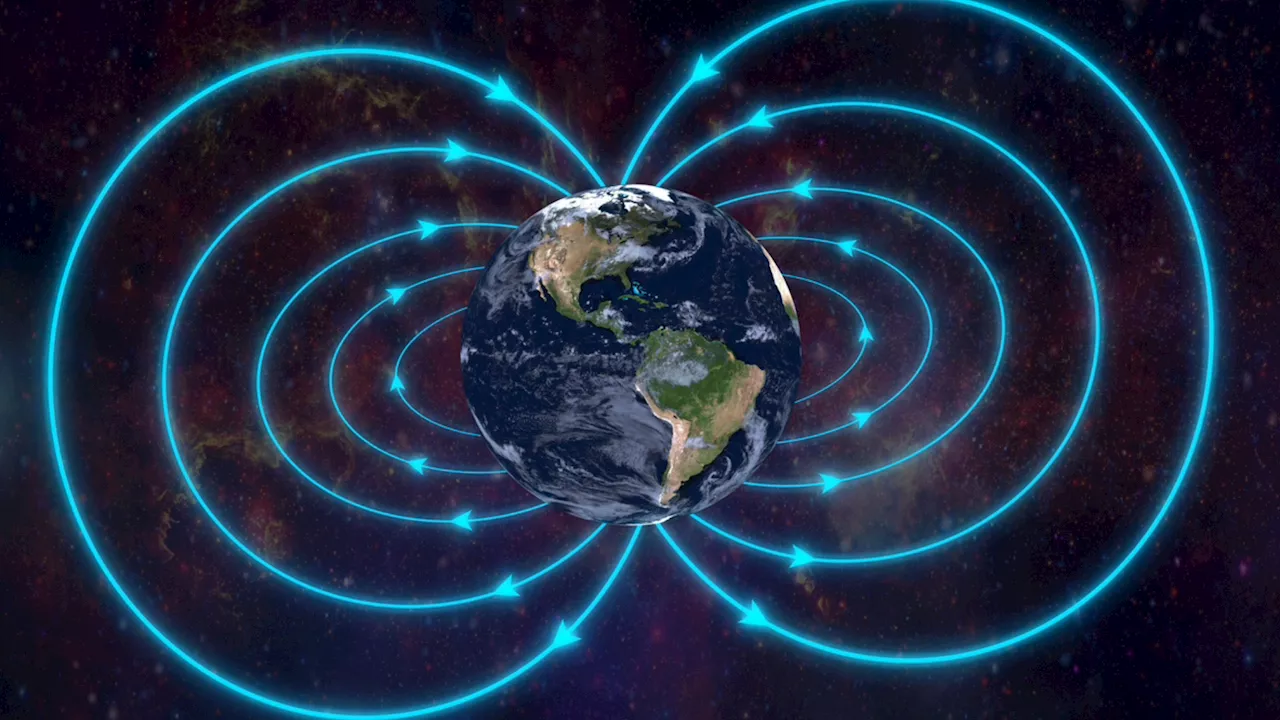MIT researchers have developed novel magnetic nanodiscs that could provide a less invasive way of stimulating parts of the brain, potentially paving the way for stimulation therapies without implants or genetic modification.
Novel magnetic nanodiscs could provide a much less invasive way of stimulating parts of the brain, paving the way for stimulation therapies without implants or genetic modification, researchers report.
Over the past decade other implant-free methods of producing brain stimulation have been developed. However, these approaches were often limited by their spatial resolution or ability to target deep regions. For the past decade, Anikeeva's Bioelectronics group as well as others in the field used magnetic nanomaterials to transduce remote magnetic signals into brain stimulation. However, these magnetic methods relied on genetic modifications and can't be used in humans.
One key to the discs' effectiveness is their disc shape. Previous attempts to use magnetic nanoparticles had used spherical particles, but the magnetoelectric effect was very weak, says Kim. This anisotropy enhances magnetostriction by over a 1000-fold, adds Kent. The team also stimulated another brain area, the subthalamic nucleus, associated with motor control."This is the region where electrodes typically get implanted to manage Parkinson's disease," Kim explains. The researchers were able to successfully demonstrate the modulation of motor control through the particles. Specifically, by injecting nanodiscs only in one hemisphere, the researchers could induce rotations in healthy mice by applying magnetic field.
"This massive enhancement of a thousand times didn't completely translate into the magnetoelectric enhancement," says Kim."That's where a lot of the future work will be focused, on making sure that the thousand times amplification in magnetostriction can be converted into a thousand times amplification in the magnetoelectric coupling."
Brain Stimulation Nanotechnology Deep Brain Stimulation Magnetic Nanoparticles Medical Research
United States Latest News, United States Headlines
Similar News:You can also read news stories similar to this one that we have collected from other news sources.
 Jason Mott follows award-winning meta-novel with novel about award-winning authorJason Mott’s first novel since “Hell of a Book” is a kind of meta-sequel to his award-winning meta-narrative about a Black author’s haunting promotional tour.
Jason Mott follows award-winning meta-novel with novel about award-winning authorJason Mott’s first novel since “Hell of a Book” is a kind of meta-sequel to his award-winning meta-narrative about a Black author’s haunting promotional tour.
Read more »
 Injected 'Nanodiscs' Could Bring Brain Stimulation Therapy Without ImplantsMicroscopic magnetic nanodiscs could provide a much less invasive means of providing deep brain stimulation, a new study says.
Injected 'Nanodiscs' Could Bring Brain Stimulation Therapy Without ImplantsMicroscopic magnetic nanodiscs could provide a much less invasive means of providing deep brain stimulation, a new study says.
Read more »
 The Creepy Sounds the Earth Made When Its Magnetic Field Flipped Will Haunt Your DreamsScience and Technology News and Videos
The Creepy Sounds the Earth Made When Its Magnetic Field Flipped Will Haunt Your DreamsScience and Technology News and Videos
Read more »
 Illuminating quantum magnets: Light unveils magnetic domainsScientists have used light to visualize magnetic domains, and manipulated these regions using an electric field, in a quantum antiferromagnet. This method allows real-time observation of magnetic behaviors, paving the way for advancements in next-generation electronics and memory devices, as well as a deeper understanding of quantum materials.
Illuminating quantum magnets: Light unveils magnetic domainsScientists have used light to visualize magnetic domains, and manipulated these regions using an electric field, in a quantum antiferromagnet. This method allows real-time observation of magnetic behaviors, paving the way for advancements in next-generation electronics and memory devices, as well as a deeper understanding of quantum materials.
Read more »
 Giant Magnetic Halo Discovered Wrapped Around The Milky WayThe Best in Science News and Amazing Breakthroughs
Giant Magnetic Halo Discovered Wrapped Around The Milky WayThe Best in Science News and Amazing Breakthroughs
Read more »
 Scientists map Earth’s 41,000-year-old magnetic flip with sound technologyUsing data from the European Space Agency (ESA)'s Swarm mission, they mapped the movement of Earth's magnetic field lines during the Laschamp event.
Scientists map Earth’s 41,000-year-old magnetic flip with sound technologyUsing data from the European Space Agency (ESA)'s Swarm mission, they mapped the movement of Earth's magnetic field lines during the Laschamp event.
Read more »
